We’ve all seen the headlines about the new virus that is spreading across the globe from Asia. As parents, we already know that our kids tend to come home from school with everything that’s going around, so we’re likely to worry. But how serious is this coronavirus? Is it something that we should be worrying about and preparing for?
At this point, there is still a lot we don’t know about this virus. In many cases, the news and even messages from our own government contain information that isn’t correct. I went through the scientific evidence that’s out there. Here is what we know so far, solely based on credible scientific sources.
What do experts know about this virus?

This new virus is called severe acute respiratory syndrome coronavirus 2 (SARS-CoV-2). If you remember the SARS virus that spread through 26 countries back in 2003, this is a similar type of virus. Coronaviruses are a large family of viruses that generally cause respiratory illnesses. So basically, we’re looking at SARS 2.0 here. It’s more transmissible, but less lethal.
The disease itself is called COVID-19 (short for coronavirus disease #19).Just like a flu or cold virus, the coronavirus infects you by binding to healthy cells in your respiratory system. It takes over the machinery inside that cell, making the cell pump out more copies of the virus.
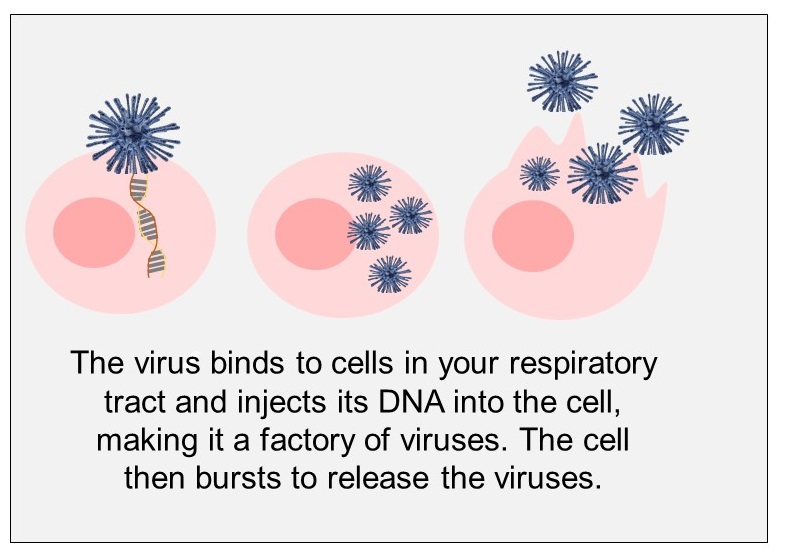
The way that this virus is different than a mild cold virus, though, is that it seems to have a particularly good ability to invade cells not only in your nose and throat, but also in the lungs. This can lead to viral and sometimes secondary bacterial pneumonia. It’s usually the pneumonia that’s responsible for the deaths that we’re seeing reported on the news.
Where is the disease now?
The virus was first identified in China back in 2019, so it’s been around for far longer than we’ve been seeing in the news. Scientists began studying the virus when it first started popping up in patients with severe respiratory disease. However, as the number of cases grew, the Chinese government struggled to contain the virus, and it has now spread to every continent except Antarctica. There are now over 400,000 cases that have been identified worldwide.
The New York Times has a great interactive website that shows the current number of COVID-19 cases in each country.
As a reference, we thought SARS was pretty serious, and there were only 8,000 cases of that disease. That means that we’re now dealing with a disease that can be just as severe, but spreads more easily and quickly.
Is this a pandemic?
This isn’t a pandemic yet, but it likely will be soon. For a disease to be called a pandemic, it must satisfy two criteria:
- It must be present in multiple countries (which it is), and
- It must show evidence of what’s called multi-generation community spread.
The person who brings the disease to a country after traveling is called the first generation. Those who get it after direct exposure to that person are called the second generation. When those second generation individuals pass it on, you get third generation, then fourth, and so on.

It’s when you start to many cases of third and fourth generation spread within more than one country that you call the disease a pandemic.
We already have over 50,000 cases of this disease that have been identified in the US, and at this point many are third generation individuals. There is now sustained community spread in several countries, including China, Japan, South Korea, Italy, and Iran. So this disease has been labeled as a full pandemic.
What is the incubation time?
The precise incubation time for the disease can vary dramatically among individuals. The CDC believes that some individuals will get sick within as little as 2 days of being infected, while others can carry it for 14 days before showing symptoms! The average is about 5-6 days before symptoms show up.
When is an infected person contagious?
Studies suggest that individuals are most contagious when they’re showing symptoms of the disease, however there have been some cases where the disease was transmitted before the symptoms appeared. So far, it seems that pre-symptom transmission is less likely, but we don’t yet know just how early an individual can transmit the virus to someone else. One recent study showed that the virus can live on a surface for 19 days!
What are the symptoms of this disease?
According to data collected on over 55,000 confirmed cases of COVID-19, the following are the most common symptoms:
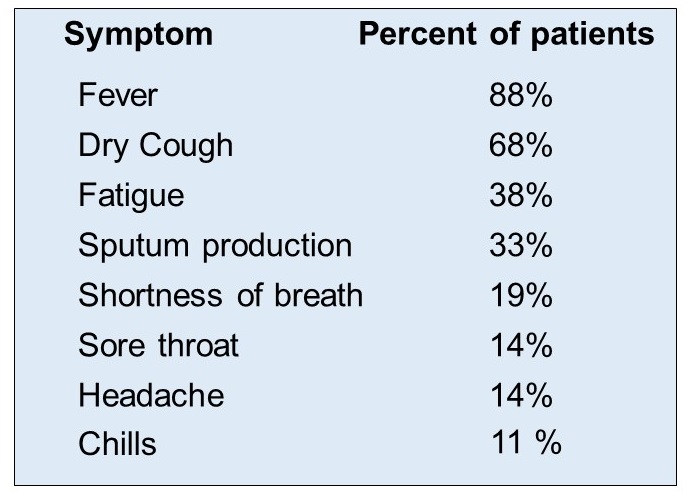
Less than 5% of patients experience gastrointestinal symptoms including nausea, vomiting, and/or diarrhea.
How does the virus spread?
Right now, it looks like the virus spreads through fluids passing from one individual to another. This means that to catch it, you need to be in close contact (within 6 feet or so) with an infected person, or you’d need to touch something that has fluid from an infected person.
They have not seen airborne transmission with this virus, meaning that just breathing in air that an infected person breathed out is not likely enough to get you infected. However, if a person coughs or sneezes directly at you, it’s possible that fluid droplets could hit you, and that could infect you with the virus.
Are children more susceptible to the virus?
The good news is that it looks like children are the least susceptible to the disease. Only 2.4% of those infected have been children, and in cases where the disease has been detected in children, the symptoms have been much more mild, and the fatality rates have been much lower than in adults. The population that may suffer the most from this disease is individuals over the age of 60, though younger adults are clearly getting serious infections as well. The higher level of severe infections in healthy adults below the age of 60 is what sets this disease apart from the flu virus, and makes it concerning to health officials.
How often does this disease lead to hospitalization and death?
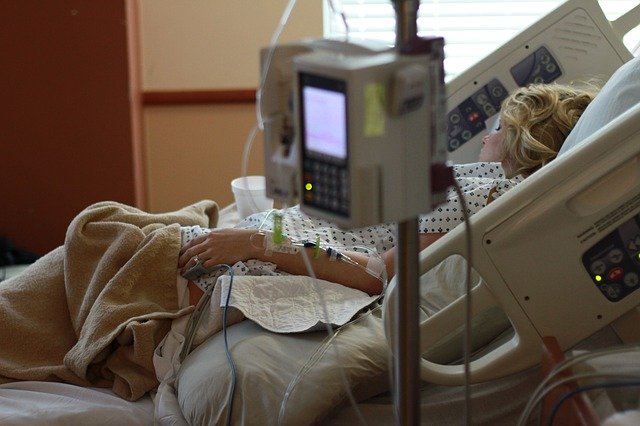
This is often a hard number to pinpoint because individuals who are infected but only have mild cold symptoms are less likely to seek medical attention and get tested than those who have serious illness. As a result, rates of serious disease and mortality that are calculated early in the life of an epidemic can appear to be higher than they actually are.
Severity:
The research out there right now suggests that 10-20% of the cases advance to serious stages, where hospitalization is recommended or required. That means 1 or 2 in 10 people who get the virus battle serious illness.
Mortality Rates
Early in the epidemic, mortality rates for this disease were reported to be about 3.8%, and in some countries, including ours, the current rate appears to be around that. But some studies suggest that if we count the individuals who don’t have symptoms and, as a result, usually go uncounted, the real rate is around 0.7-0.9%. The mortality rate on the quarantined Japanese cruise ship matches this – 705 passengers became infected with the disease, and 6 have died from it so far (about 0.85%).
Depending on the country, anywhere from 1 to 4 in every 100 infected individuals will die from the disease. This is substantially lower than the 10-30% mortality rates of SARS, but it is still at least seven times the mortality rate of the flu, so that definitely makes this disease a concern.
Are there ways to prevent this infection?
There is no 100% surefire way to make sure you don’t get infected with this virus, but you can reduce the chances that the virus will be transmitted to you, and decrease the chances that any infection would be severe. Here’s how:
1. Wash hands often.

When I say often, I’m talking 4-6 times a day, maybe even more. Also, make sure you’re washing your hands correctly. Hand washing with soap works not by killing the virus on contact, but by binding the virus so it can be washed away by the water. It’s important to wash your hands for long enough to allow this to happen. As a rule of thumb, wash your hands for as long as it takes to sing Happy Birthday twice.
See my previous post on the effectiveness of handwashing to prevent respiratory disease.
2. Keep your distance: If you see a person who is coughing or sneezing, stand at least 6 feet away from that individual, try not to touch anything that person touches, and wash hands after interacting. If you are the one coughing and/or sneezing, do it in the crook of your elbow, which is less likely to then touch other surfaces and infect others.
3. Hands down. If you’re in a place with many people (like the supermarket), try not to touch your nose, mouth, or eyes, and wash your hands thoroughly immediately after you leave. Also wash all food items that are not already wrapped with soap and water.
4. Boost Immunity. To keep your immune system in top working order, eat balanced meals and exercise often. This will ensure that your immune system has all the nutrients that it needs to work well, and studies have shown that exercise boosts immunity.
5. If you haven’t already, get your flu vaccine.
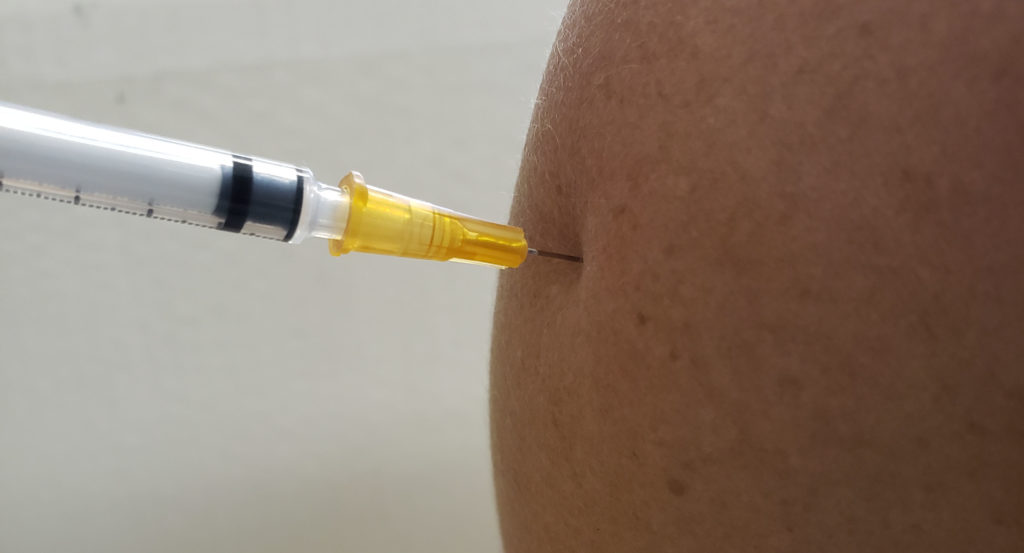
This will decrease your chances of battling two viruses at once, and may also help to keep you out of the hospital to make room for those with COVID-19.
Want more information about whether the flu shot is worth it? Click here.
6. Consider a pneumococcal vaccine. For young children and individuals over 60, it may be worth getting a vaccine against pneumococcal pneumonia. Pneumococcal pneumonia is caused by bacteria that are known to cause a secondary infection when someone has a virus like the flu or COVID-19. This vaccine reduces the chances of complications related to a secondary infection of the lungs.
Will hand sanitizer and disinfectant wipes work against this virus?

There have been no direct studies of how well these products work against this particular virus, but since the products work against most viruses (including the similar SARS virus), there’s reason to believe that these will work for this virus as well. Just make sure to leave the sanitizer or disinfectant wet for at least a few minutes. Some products kill viruses by drying on them, so don’t wipe them off too quickly.
Will products like Zycam or Airborne help prevent infection?

Because this virus is so new, the effectiveness of these over-the-counter preventatives have not yet been tested.
Zycam works by coating the respiratory tract with zinc, which stops the flu and other respiratory viruses from invading the cells there, but it only works for some viruses. Given the little we know about its effectiveness, it wouldn’t be a good idea to take large doses of zycam (which can be toxic) just to prevent yourself from getting the virus.
Airborne works by delivering a high dose of vitamin C. It is now well-known that vitamin C supports the immune system, and a high dose such as this does seem to effectively decrease the severity of flu symptoms if it’s taken before symptoms start. There’s reason to believe that this product may also help your immune system combat other viruses as well. So, it’s worth trying this product if you think you’ve been exposed to this new virus. Don’t take it just to prevent the disease, though, because too much vitamin C can be toxic.
Should we be wearing masks to help avoid infection?
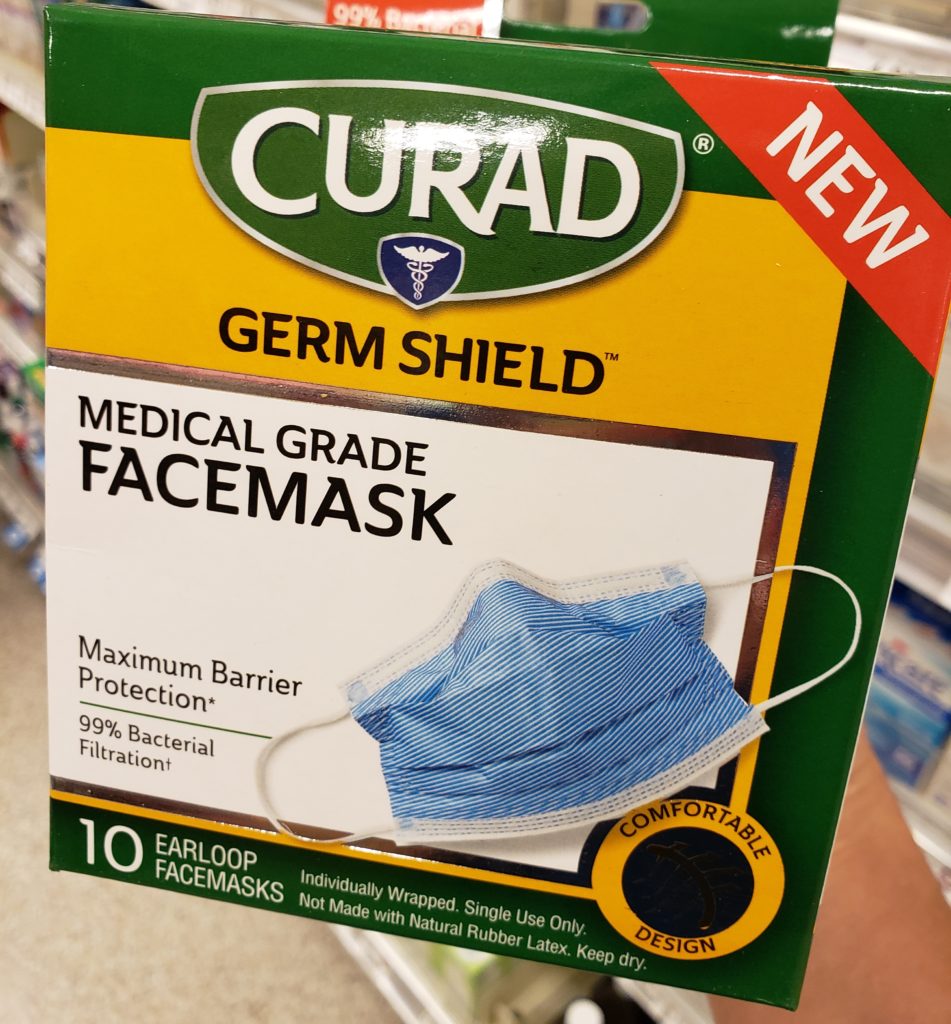
No. Since the transmission is not airborne, a mask is unlikely to help. The only reason the mask may help is that it could remind you not to touch your nose or mouth. Being mindful of those around you with symptoms and distancing yourself from them would work way better than a mask will.
Would Tamiflu work with this virus?
Tamiflu is an antiviral drug that stops the replication of some viruses. It works effectively against the flu, but we don’t know how well it works against this virus. There are some studies indicating that the active ingredient in Tamiflu (oseltamivir) can help decrease severity of the disease. In one study, patients taking the drug had substantial improvement in the “ground glass” appearance that is often seen during pneumonia. Many other antiviral therapies are also being tested. We don’t yet have a therapy that is overwhelmingly effective, though.
What will happen if cases start showing up in your area?
Given that this disease has a relatively high transmission rate and a mortality rate that’s substantially higher than the flu, local governments are taking it quite seriously. If cases show up in your area, you can expect government-run institutions to take measures that will reduce contact between people. Schools may close for short periods. This measure is already commonly used to prevent the spread of the flu. It is unlikely we’ll experience full lockdowns like those implemented in China.
Whether or not schools and businesses close, you can further protect yourself simply by reducing the amount of time you spend in places with lots of people. Plan shopping trips so they will sustain you for longer periods of time. Avoid play areas where your kids will be in contact with many other children. Finally, if you or a member of your family starts having respiratory symptoms, stay home and go to the doctor for testing. They can detect whether you have the virus with a simple swab, and the test results usually come back the same day.
Where can I go to get up to date information that is scientific?
To follow the progress of this disease and learn the newest information out there about it, the best places to visit are:
The Center for Disease Control COVID-19 website
The World Health Organization COVID-19 rolling updates
The report of the WHO-China joint mission on Coronavirus Disease 19
The National Institutes of Health new releases
What is the Take Home?
While there is still much to learn about this virus and the respiratory disease that it causes, health officials know enough to be concerned about it, and we should be too. The virus is being transmitted very quickly, healthy adults are falling ill with severe respiratory disease, and mortality rates are seven times higher than they are for the flu virus. That said, don’t panic. Just keep your ear to the ground for cases emerging in your area, be vigilant, and regard those cold symptoms that you and your kids always seem to have this time of year with a little bit more of a hairy eyeball.









